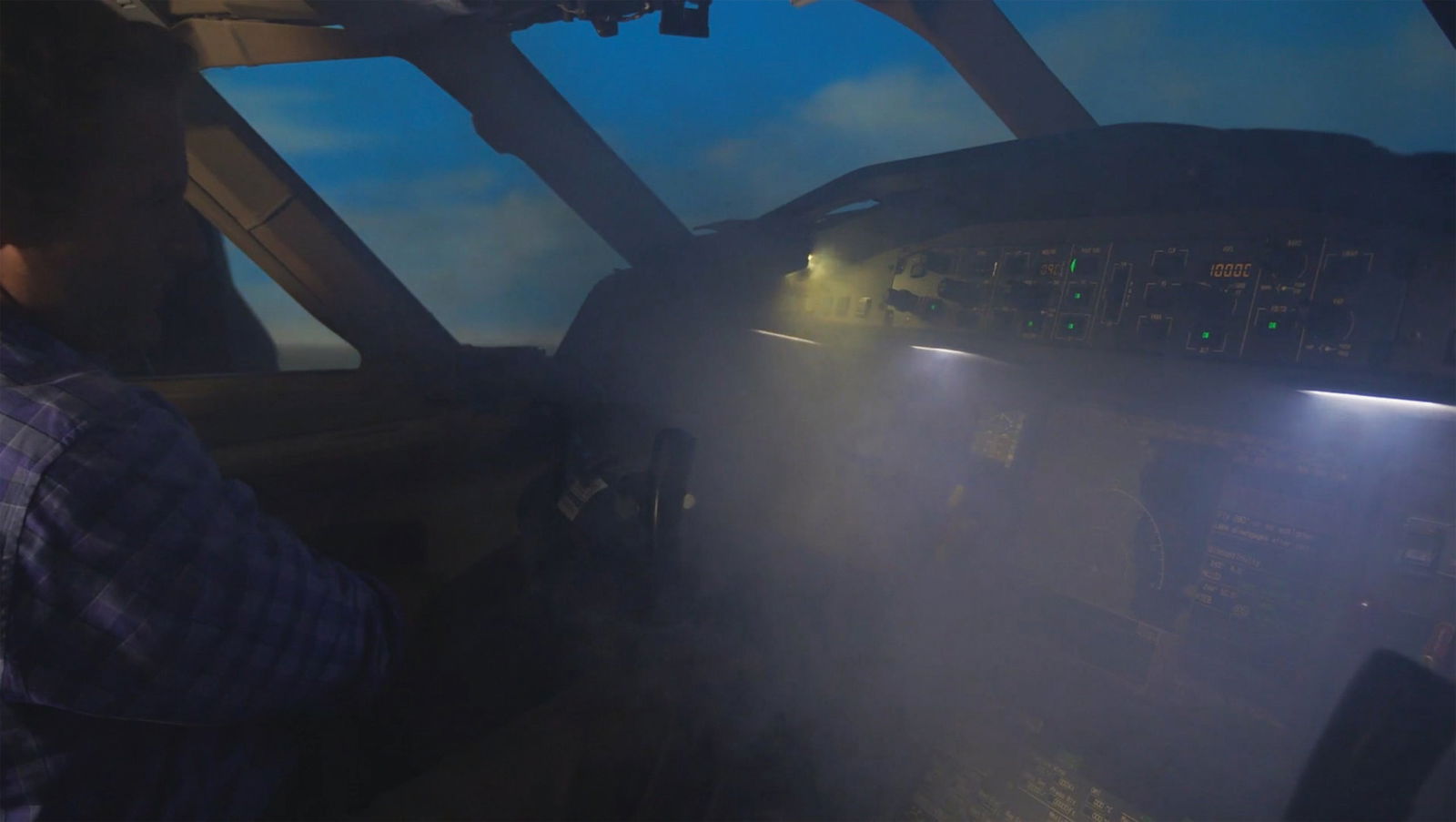No airplane is always a "go" airplane even after V1. It's just more likely that "go" is better than "stop" as the airplane gets more sophisticated and the certification standard increases. In "big" airplanes the probability that the "right call is go" approaches unity.
The King Air series machines are great airplanes, particularly single pilot, but if you are not absolutely prepared to lose an engine at V1 they are a bear if you actually do. They perform relatively poorly if autofeather doesn't occur and the pilot does nothing. That said, the Navajo was down right alarming on one engine, not "bad" but with the BLR kit the gross weight went up 368lbs for no appreciable reason and you had an extremely short amount of time to go "gear up, flaps up, identify, verify, feather, secure, close the cowl" if you wanted to live. I went from the 1900 into the Navajo (I needed a raise with a baby on the way so I came back to Alaska) and found the airplane to be extraordinarily busy in comparison.
The Navajo legs were generally shorter in duration, you had to be several minutes in front of the airplane in a way that wasn't really required in turboprop land, and you were ALWAYS doing something. Adjusting the throttles, watching nacelle fuel, etc. While the airplane was "simpler" the actual act of flying it was substantially more demanding. This is kind of the same issue the jet jocks will have going into Tprop land if they're not careful.
A guy I met lost an engine in a chieftain out of Fairbanks on a warm summer day at 7368 and wasn't able to stop descending until he closed the cowl flap on the dead engine... That is significantly less performance than a King Air. Even in a commuter category airplane there's basically nothing you have to do if you lose an engine at V1 until you get high enough to need to do the memory items.
In truth, it doesn't matter what you fly, you have to be aware of the limitations of the machine, and understand the performance. My honest to God take on all of this is that the last airplane you flew is basically irrelevant. What are you flying right now, and how was your flight, especially your last approach and landing? If you cannot find a way you could improve your last flight, stop flying.

